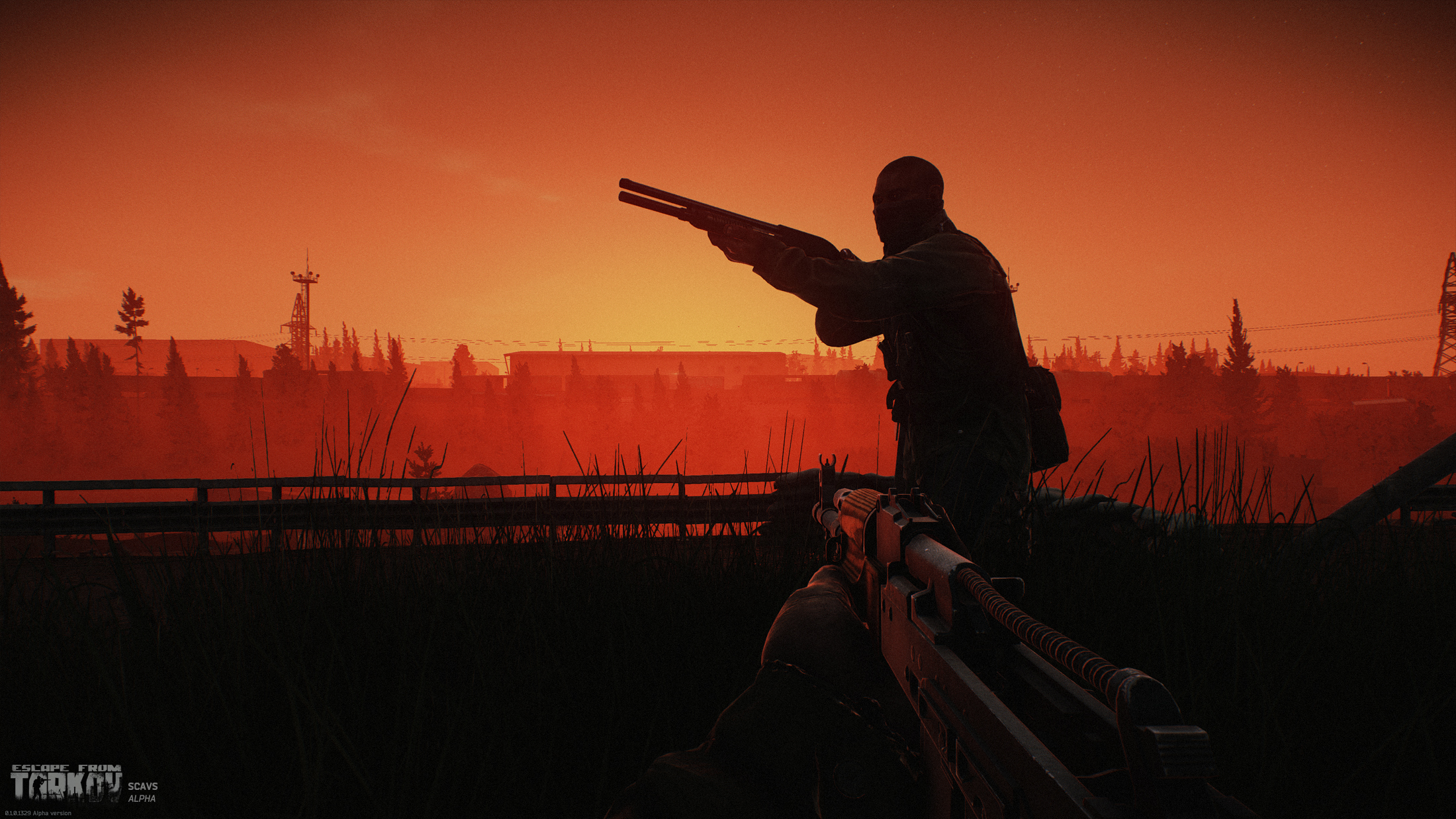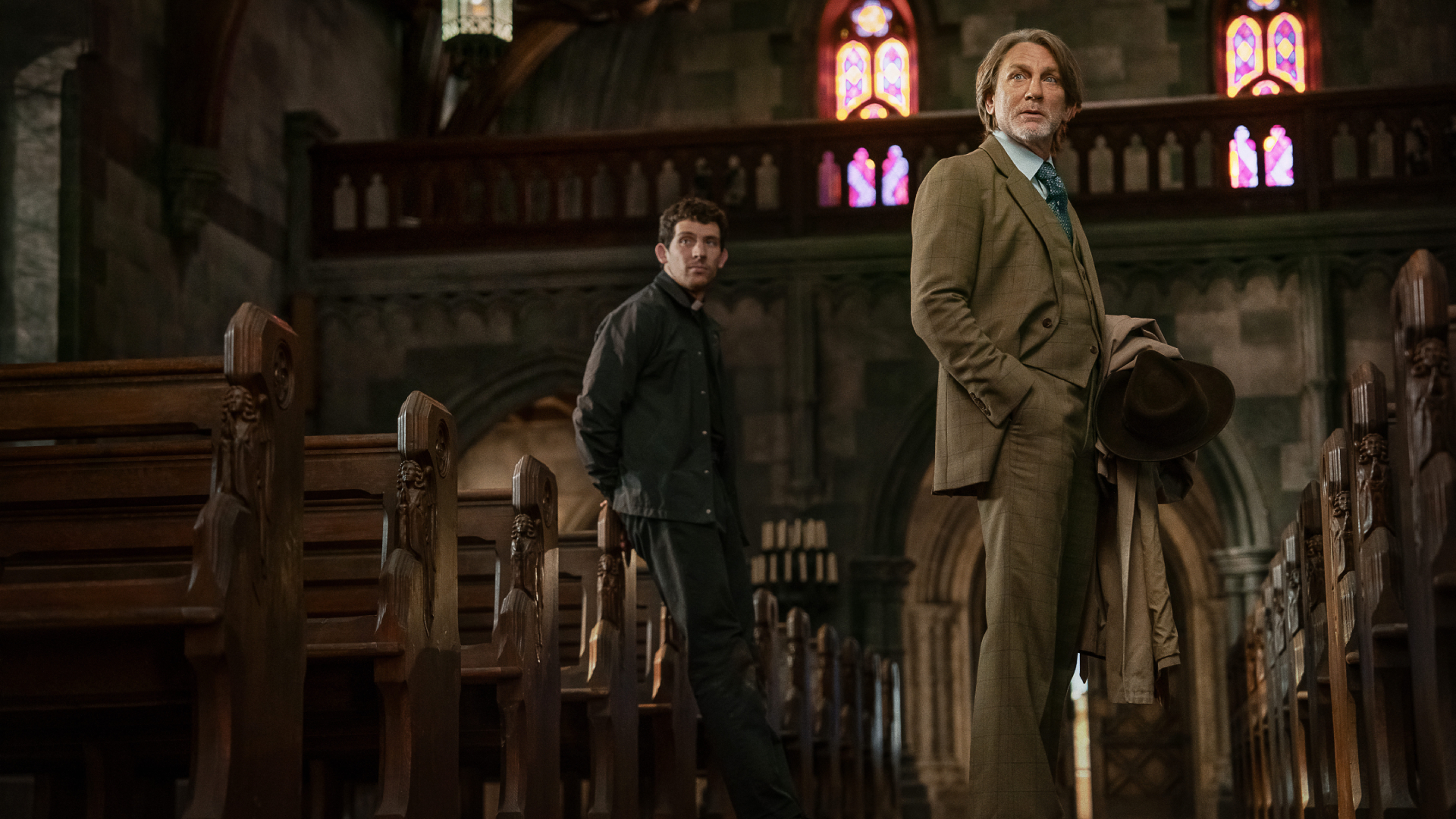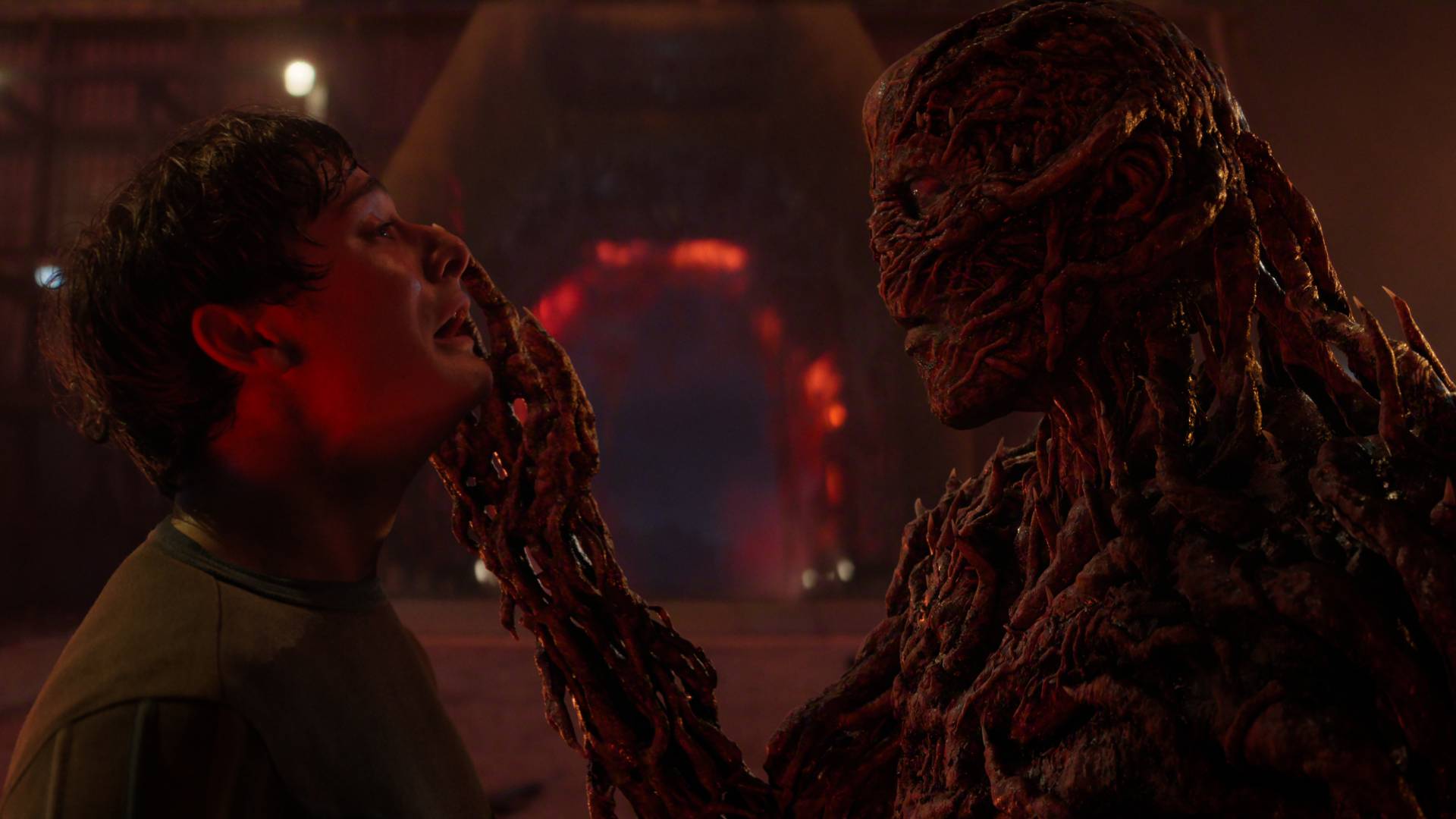Hyrule Warriors: Age of Imprisonment's Zonai contraptions empowers Zelda's allies in the best way possible, and I'm excited by how much has changed
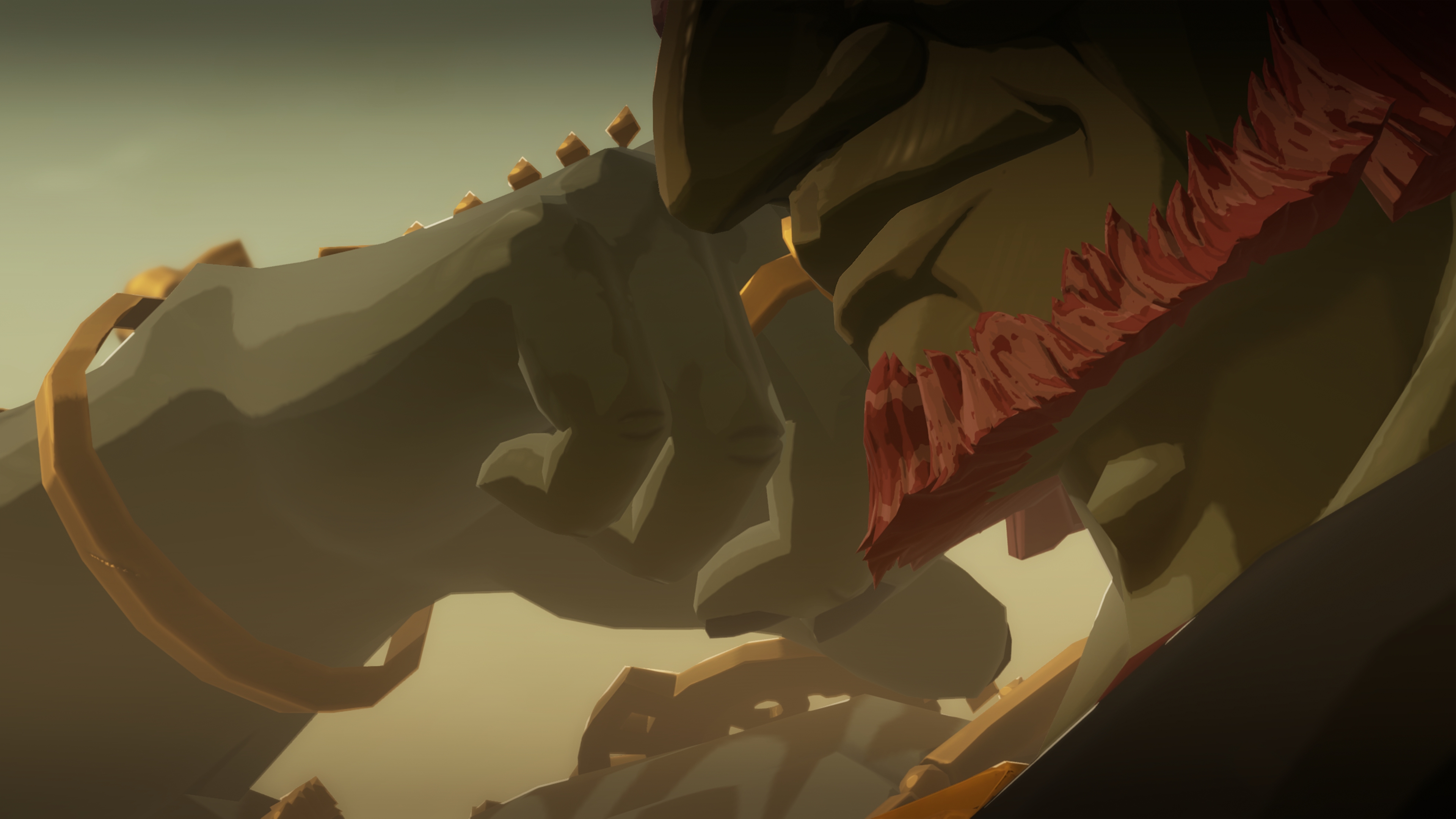
When Hyrule Warriors first released on Wii U, it was designed to be a fun spin-off in the Zelda formula, existing outside of the Zelda timeline as an excuse to bring characters from across the franchise for a hack-and-slash title following the template of Omega Force and Koei Tecmo’s Dynasty Warriors games. By the time we reached its success on Nintendo Switch, the series evolved to being a full-on alternative-era prequel to the mega-hit The Legend of Zelda: Breath of the Wild, with Age of Imprisonment being a similar evolution.
Based on our brief time with an early version of the game showcased at Tokyo Game Show, Hyrule Warriors: Age of Imprisonment is best viewed as an evolution of Age of Calamity – similar to The Legend of Zelda: Tears of the Kingdom and Breath of the Wild's own relationship. This time around, Zelda has been transported back in time to the establishment of Hyrule, meeting King Rauru and Queen Sonia first introduced in Tears of the Kingdom as she learns to control her powers and stop Ganondorf.
As such, Age of Imprisonment is not only designed to take advantage of all the extra horsepower of the Nintendo Switch 2, but all the new abilities introduced in Tears of the Kingdom to enhance and mix up the well-worn and familiar formula. Rather than unleash us onto an early-game mission and leave us to our own devices, the demo was structured to showcase everything new with this new Warriors entry without spoiling aspects of the story or returning characters beyond our core cast. This means our time was limited to exploring the depths underneath Hyrule and getting accustomed to how the Zonai powers augment the typical formula.
Wisdom
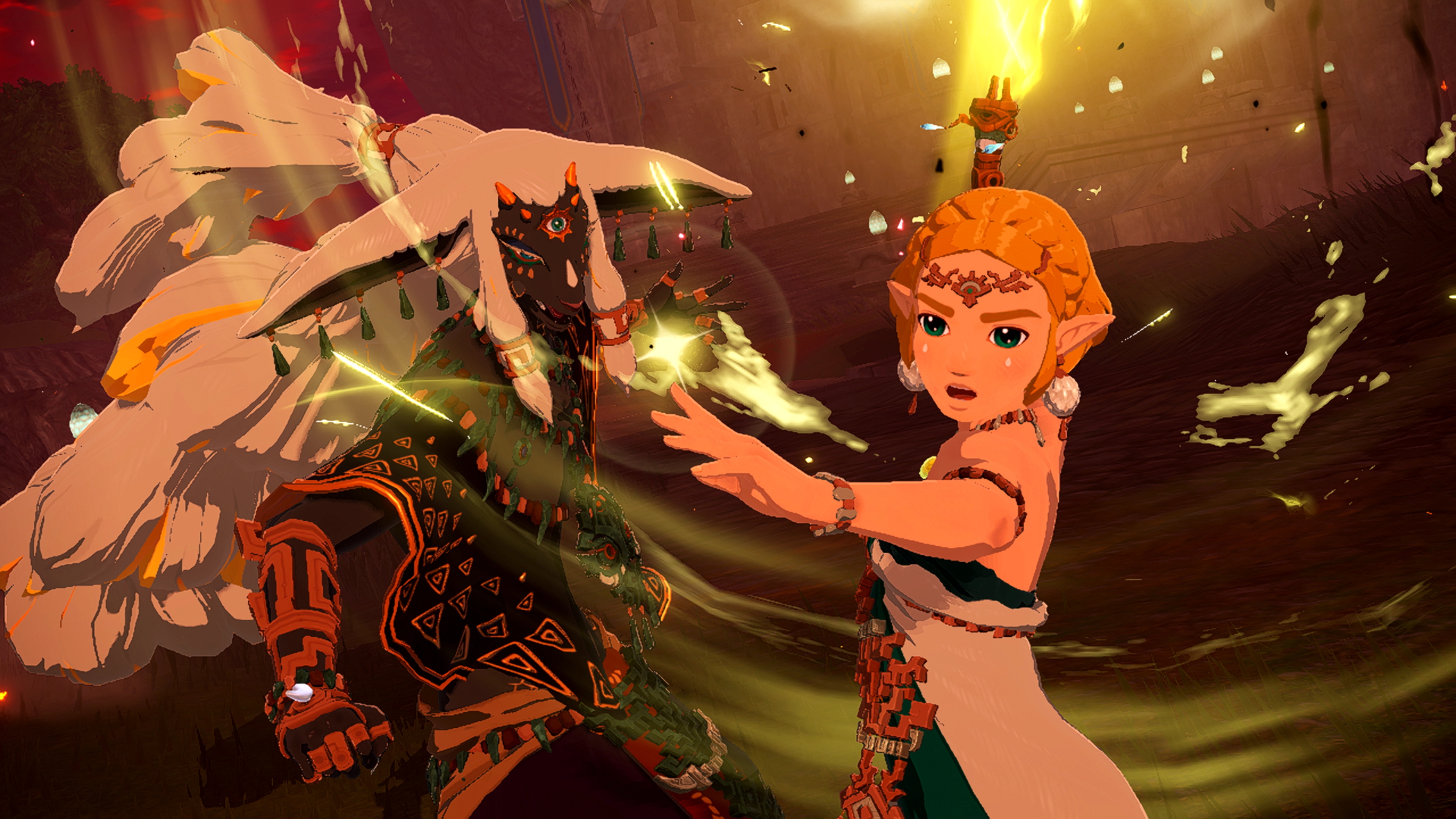
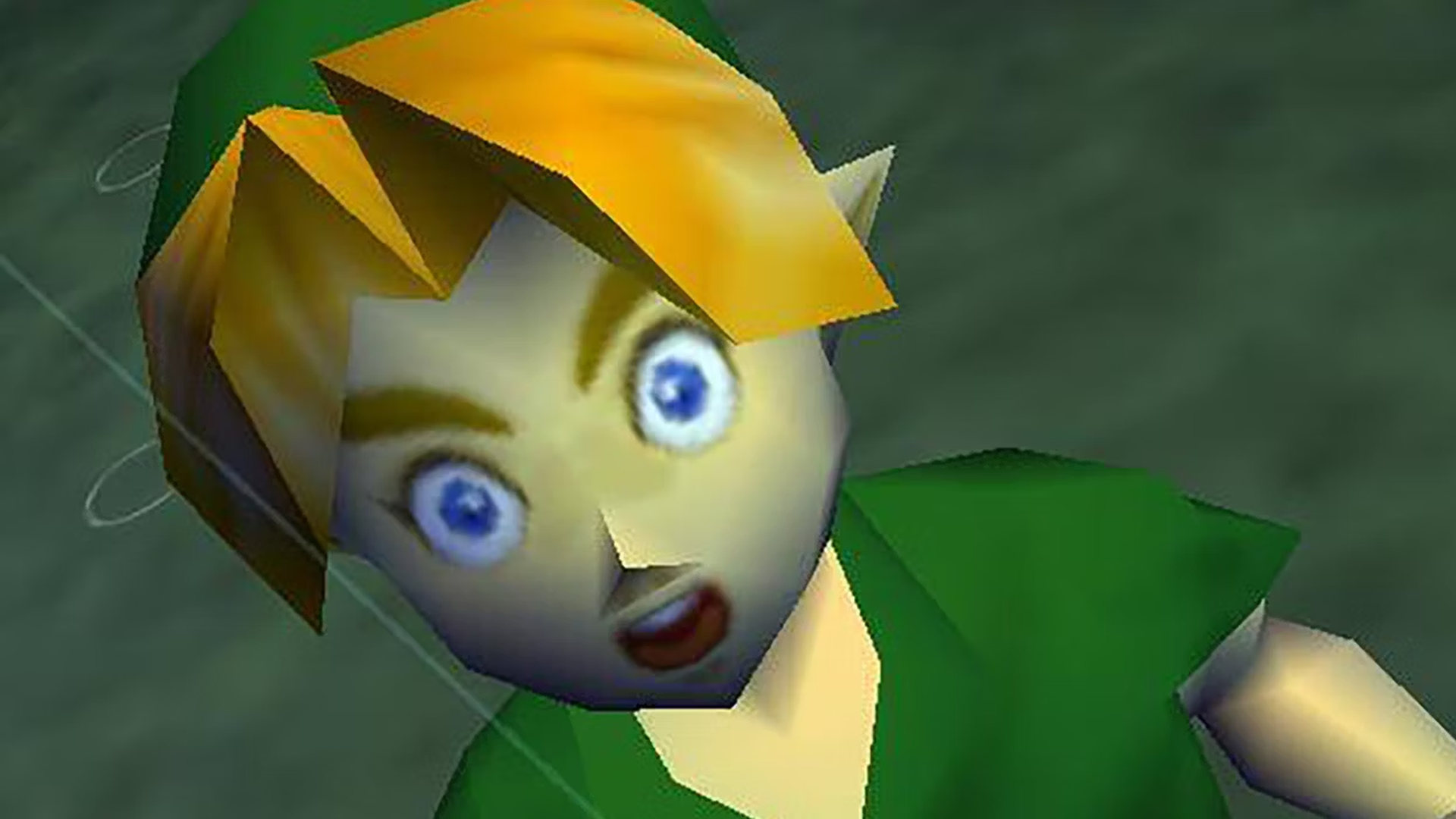
We've rated the best Zelda games - how many have you played?
We enter the depths as Zelda, accompanied by Rauru and Minera on a mission towards an ancient site hidden in the depths below Hyrule. Immediately we’re given a chance to become accustomed to Zelda’s new fighting style, a departure from her Sheikah Slate antics from the previous game to a more standard blend of swordplay and bows, allowing her to take the place of the absent Link as the all-round character in the lineup. You can switch at will between the other two members of your party – Mineru can unleash deadly Zonai contraptions on unsuspecting enemies while Rauru unleashes a slower but no-less-deadly magical spear – while taking advantage of Zonai contraptions as another way to unleash pain against your foes.
These Zonai contraptions represent the biggest departure from the formula established with prior Hyrule Warriors titles, giving every character a more varied skillset without flattening character variety. They allow us to emit flames or shoot wind at nearby enemies, but their greatest asset comes when used in combination with your standard attacks. While hordes of enemies can be pushed aside with relative ease using your regular moveset, I found Commanders posed far more of a threat this time around. Yet Zonai contraptions offered a new way to take them out: why not drop some flames to damage and stun a Commander from one side, while I skirt around the other to attack from behind?
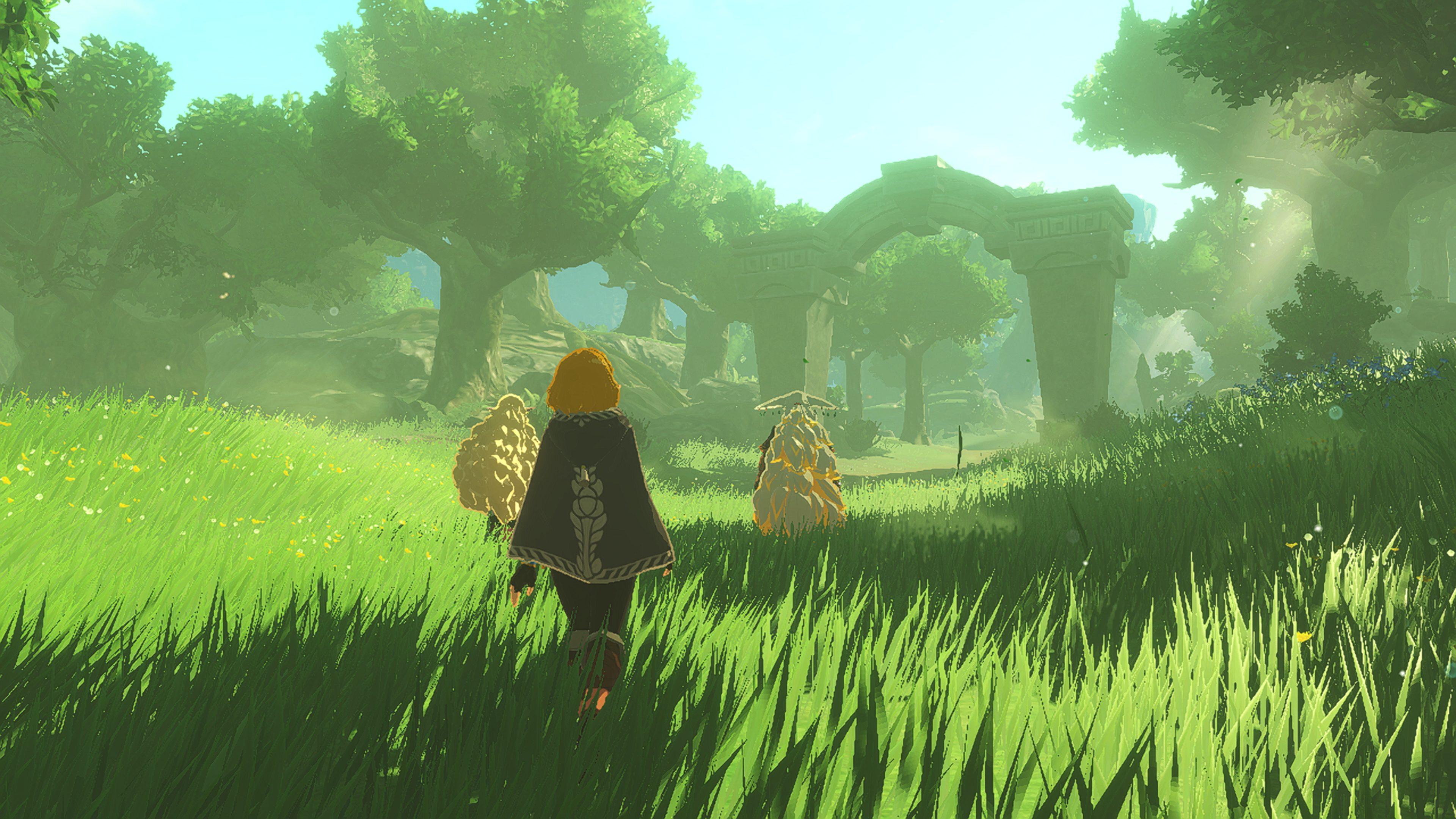
You can’t abuse these contraptions. Each possesses a limited battery that prevents them from being used endlessly, and naturally recharges when not in use. But the game has been balanced around their inclusion, requiring a more considered approach to taking on the hordes. Those fearing a repetition of the previous game with a fresh Tears of the Kingdom-infused coat of paint should be reassured, as in this admittedly brief time with the game I found my gameplay style to be near-unrecognizable from how I approached the previous entry. This is particularly enhanced by how your allies are more active participants in battle, character-swapping adding a chance for these friends to save you or influence the direction of battle rather than act as mere distractions, out of sight and mind on a large map.
On top of this, it’s now possible to engage in synchronized attacks that can be used to take down large groups or more formidable foes you face on the battlefield. Once both you and your ally have unleashed enough destruction on the field, a meter will be filled and their portraits on the side of the screen will glow. Stand in close enough proximity, and you can unleash a stronger attack on any enemy in range. When I brought Zelda and Raura together, for example, the pair emitted two beams of light that vaporized any enemy in its path with a destructive flash. These beams could even be moved and aimed independently using the analogue sticks. It’s exciting to imagine the possibilities that could be possible with more characters – what will a Korok be capable of doing in the heat of the moment?
Weekly digests, tales from the communities you love, and more
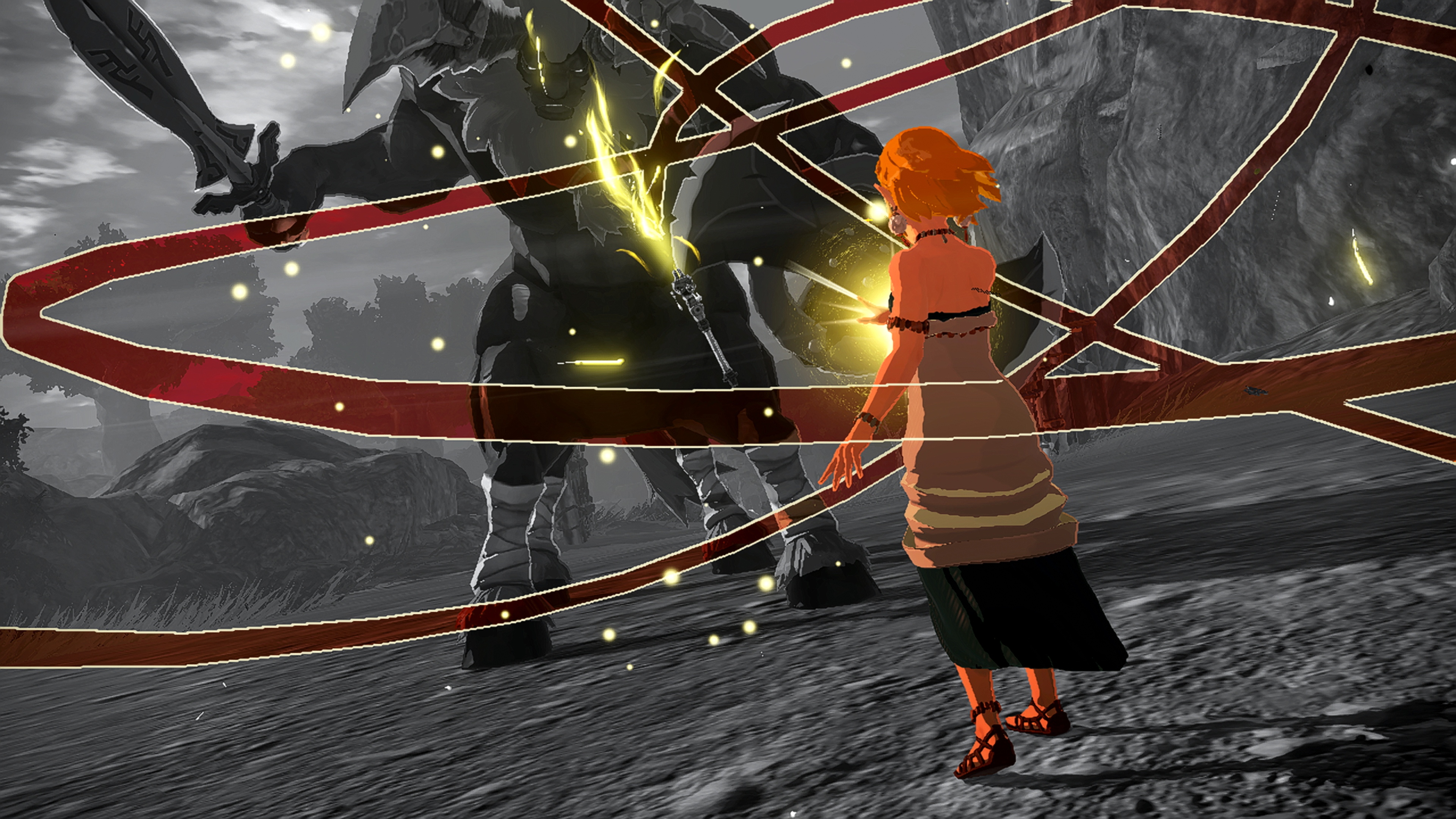
Within 10 minutes, I was impressed by how much had been done to make the game feel unique from its previous instalment beyond the conventions of the formula. That's all wrapped in a fresh coat of paint, taking full advantage of the more powerful Nintendo Switch 2. While Age of Calamity would suffer occasional dips in framerate and could look blurry in more intense moments, I found Age of Imprisonment ran at a flawless 60fps during my time with it, with the resolution seemingly high throughout my playthrough.
I left my demo excited to see how much further the newly-established AAA Studios team at Koei Tecmo in charge of this game’s development will take Hyrule Warriors. While this demo felt optimized to focus solely on new features before opening up space for a new player to have a chance to experience the game, I felt I only scratched the surface on just how much had been improved when a more rudimentary sequel could easily have been offered in its place. With just over a month until launch in early November it won’t be long to see how the final game shapes up, but this early preview surpassed my expectations. Ganondorf won’t see what’s coming.
Alicia Haddick is a freelance writer based in Japan specializing in gaming, film and animation coverage on the industry and indie gaming scene in Japan. After graduating with a degree in Japanese, they moved to Japan to work within the country they center much of their reporting. They have particular experience with covering events in Japan such as Tokyo Film Festival, Bitsummit and Tokyo Game Show, and specialize in broaching the language gap between Japanese and English while reporting on the ever-exciting and constantly-changing world of entertainment in Japan.
You must confirm your public display name before commenting
Please logout and then login again, you will then be prompted to enter your display name.
